Image of the Day: February 2013
The Great and Mighty Orion (Nebula)
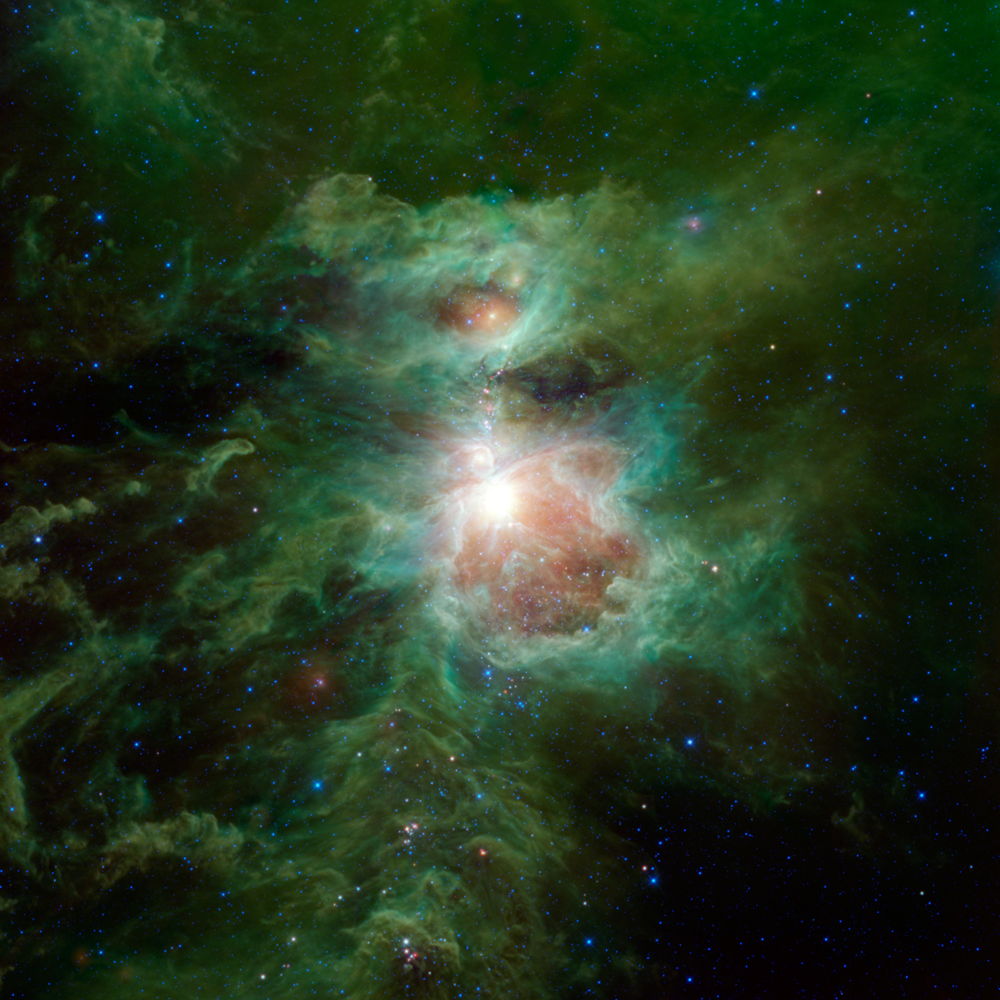
Friday, Feb. 15, 2013: NASA’s Wide-field Infrared Survey Explorer (WISE) provides this image of The Great Nebula in Orion. The Orion Nebula (Messier 42) lies located in the sword of Orion, hanging from his easily recognized belt of three stars. Astronomers now realize that the Orion Nebula makes up part of the larger Orion molecular cloud complex, also including the Flame Nebula. This complex in our Milky Way Galaxy actively makes new stars. Light from these new stars warms the dust filling the nebula, making the dust glow in infrared light.
— Tom Chao
Give ‘Em Enough Rope
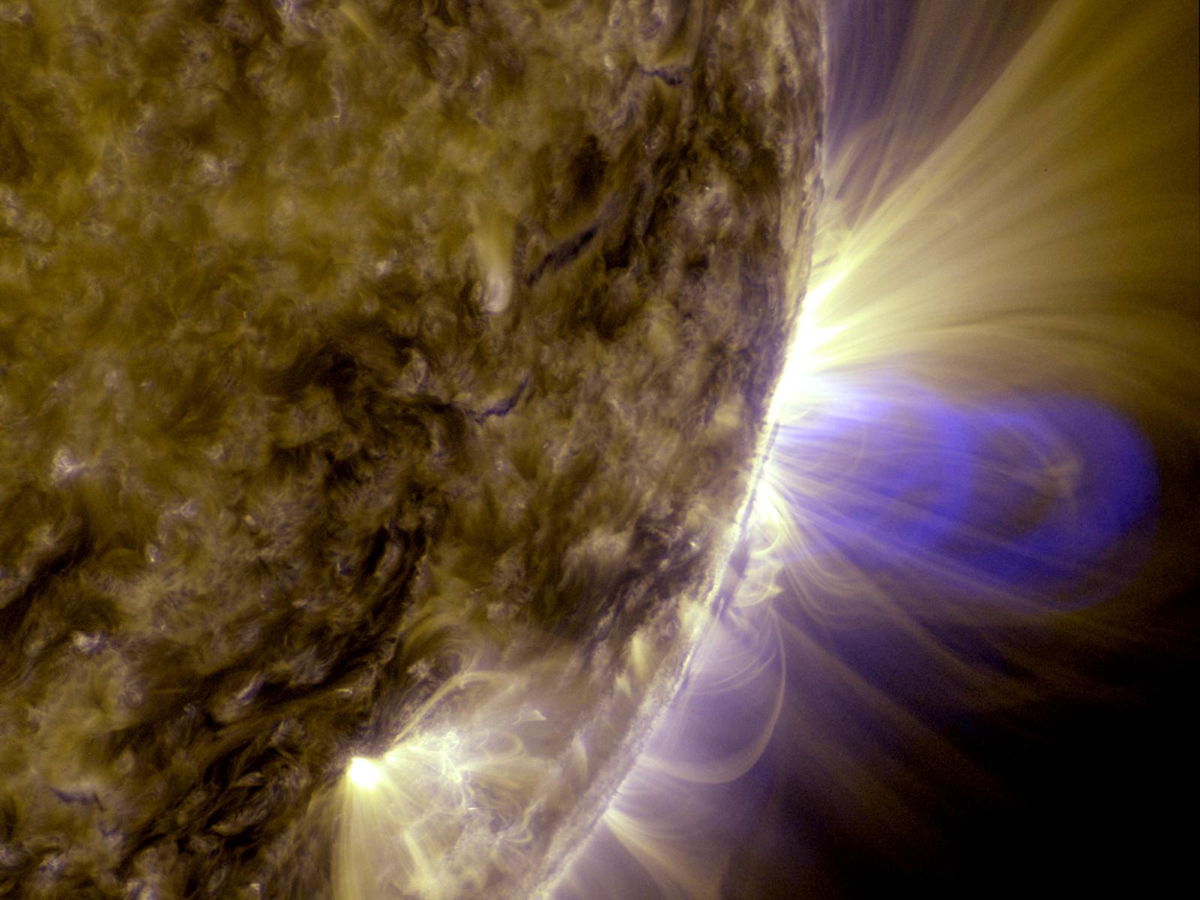
Tuesday, Feb. 19, 2013: NASA's Solar Dynamics Observatory (SDO) presents magnetic loops on the sun in this dramatic image. The image received processing to highlight the edges of each loop to make the structure more clear. Scientists call a series of loops such as this a flux rope, and they are central to eruptions on the sun known as coronal mass ejections (CMEs.) This marked the first time scientists could discern the timing of a flux rope's formation. The image contains blended 131 Angstrom and 171 Angstrom images of the July 19, 2012 flare and CME.
— Tom Chao
Fireball!
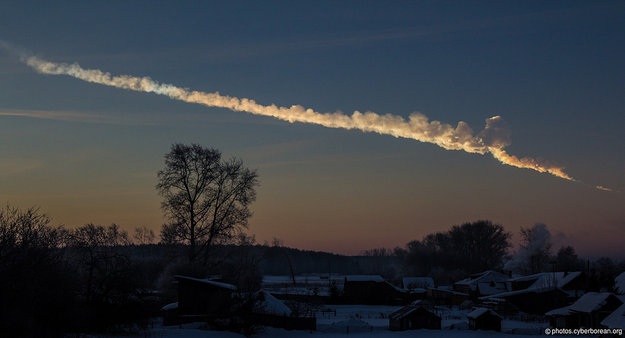
Wednesday, Feb. 20, 2013: Sky watcher Alex Alishevskikh posted this photo of the smoke trail of a meteor above the Urals, Russia, on his blog, Feb. 16, 2013. He wrote: “That morning [Feb. 15] I was on the balcony checking some antenna cable. Suddenly, a flare of a very bright star on the south-east attracted my attention. The star moved from east to west and quickly grew in size. In few seconds, it had transformed to a fireball similar to the sun in size and brightness. That was a dim dawn twilight but for a couple of seconds everything had brightened like under the midday sunshine. In another few seconds, the fireball shrank and went out somewhere on the south-west leaving a thick cloudy trace illuminated by the rising sun. Still under the impression of this thrilling show, I rushed downstairs to grab the camera and back to make this shot. After the shutter had been released, I heard the sound of a distant explosion and felt the vibration like of a slight earthquake.... Bit by bit, more information surfaced about what hit Chelyabinsk and what I observed: it appeared to be a huge meteor entered the atmosphere above Alaska and exploded in the skies over the Urals at 3:20 AM UTC (9:20 AM local time) 15 Feb, 2013.”
— Tom Chao
V Is Very, Very Extraordinary
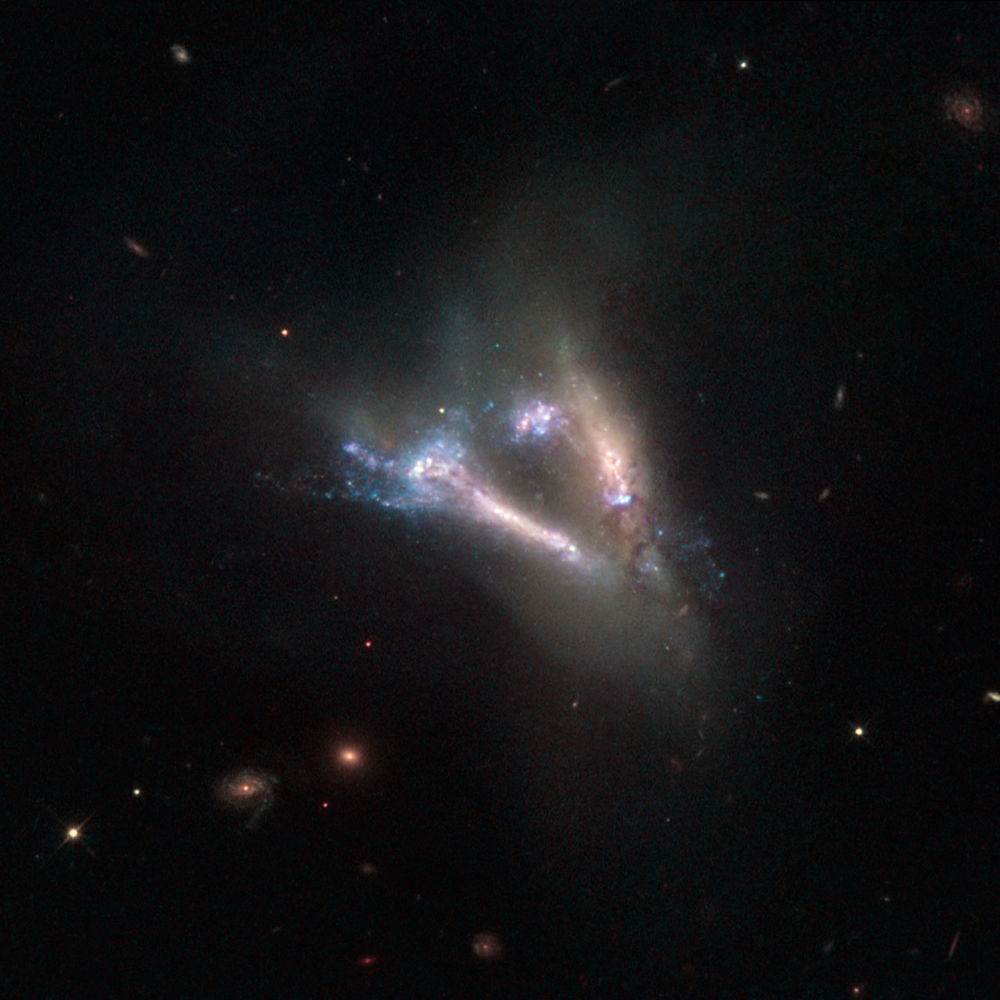
Thursday, Feb. 21, 2013: A pair of interacting galaxies called IC 2184 appear to form a “V” in space, in the northern constellation of Camelopardalis (The Giraffe). Both galaxies lie almost edge-on to us, so that they look like long straight light streaks, bookended by ghostly tidal tails. Thin, elongated streams of gas, dust and stars that extend away from a galaxy into space form the tidal tails, created when galaxies gravitationally interact. Since they almost always take on a curved shape, the galaxies must lie side-on to our point of view.
— Tom Chao
Big Jet Sky
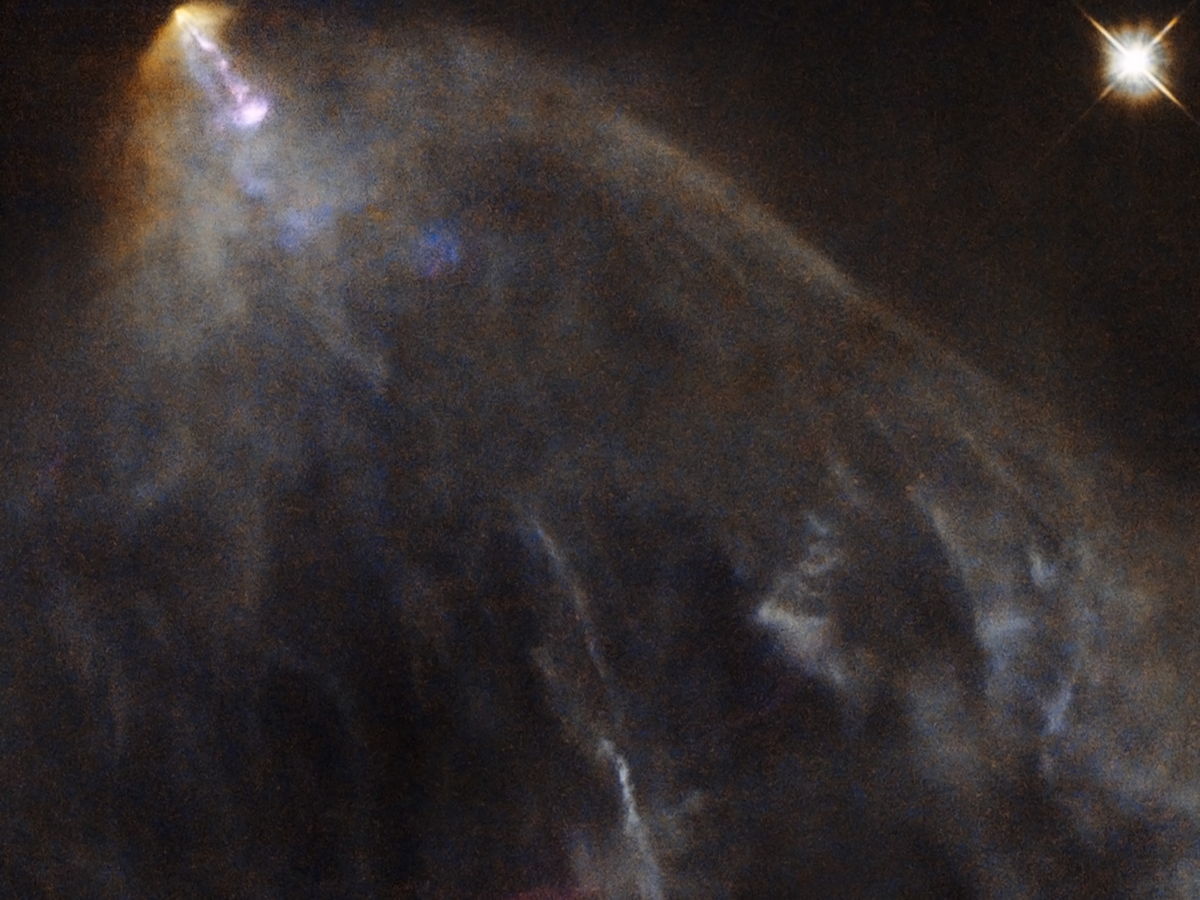
Friday, Feb. 22, 2013: Deep-space object HH 151 consists of a bright jet of glowing material trailed by an orange-tinged plume of gas and dust. It lies about 460 light-years away in the constellation of Taurus (The Bull), near the young star HL Tau. This material forms a hot disc that swirls around the coalescing body, launching narrow streams of material shooting at high speed from its poles. These jets create the wispy structures known as Herbig-Haro objects, such as HH 151 seen here.
— Tom Chao
Mutual Attraction
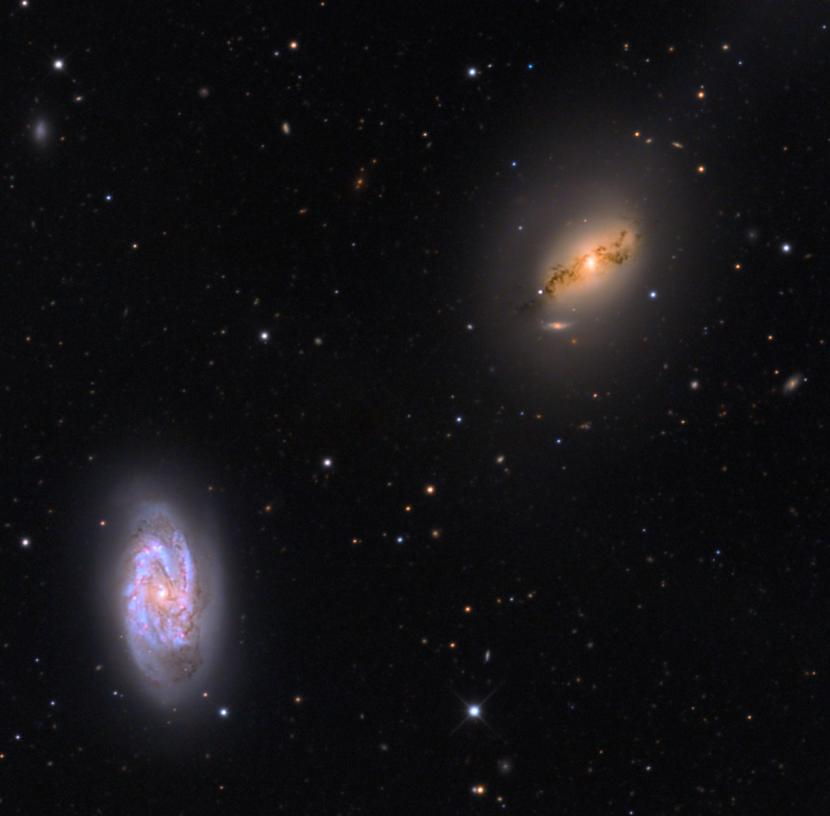
Monday, Feb. 25, 2013: Galaxies NGC 2964 (lower right) and NGC 2968 lie in the constellation of LEO, at 81 and 71 million light years from Earth, respectively. The two galaxies may interact gravitationally. Image obtained December 2012 — February 2013 by Adam Block at the Mount Lemmon SkyCenter/University of Arizona.
— Tom Chao
Satellite's Gone Up to the Skies
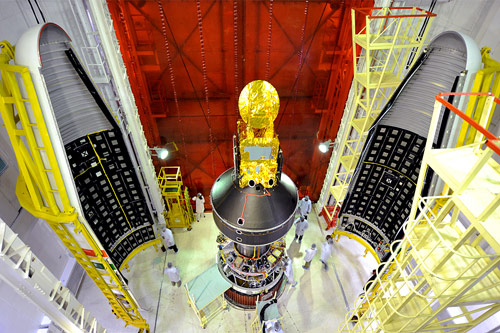
Tuesday, Feb. 26, 2013: This panoramic view shows preparations for India’s Polar Satellite Launch Vehicle-C20 to launch into space carrying seven new satellites. The mission primarily intended to orbit the ocean-monitoring SARAL satellite for the Indian Space Research Organisation (ISRO) and French Space Agency. The Canadian Space Agency’s NEOSSat asteroid-hunting satellite also went along for the ride. The rocket launched successfully on Feb. 25, 2013, from the Satish Dhawan Space Centre in Sriharikota, India.
— Tom Chao
Get the Space.com Newsletter
Breaking space news, the latest updates on rocket launches, skywatching events and more!
Moonlet Feels Right
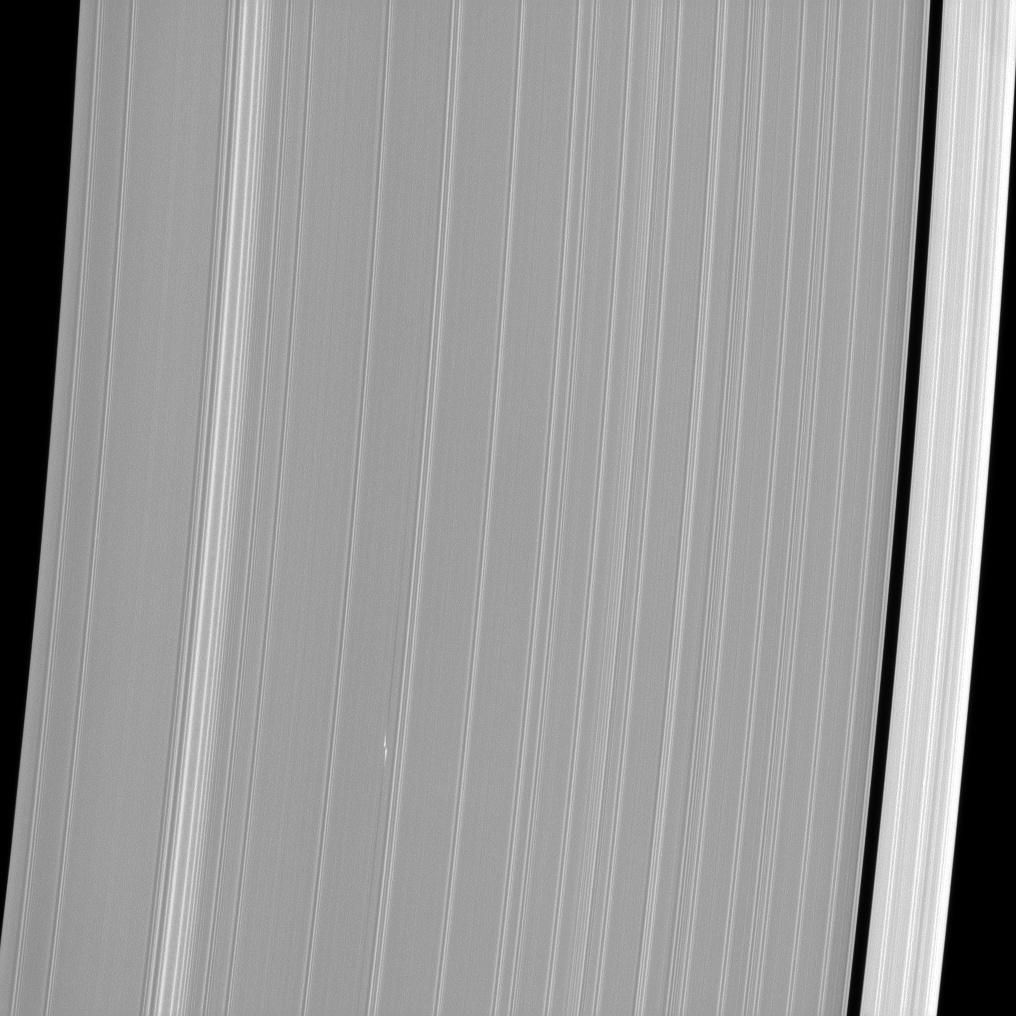
Wednesday, Feb. 27, 2013: A tiny moonlet nicknamed Blierot embedded itself in Saturn’s A Ring, creating the propeller-shaped white dashes near the bottom of this image. Cassini spacecraft took the image on Nov. 11, 2012.
— Tom Chao
The Lagoon Show
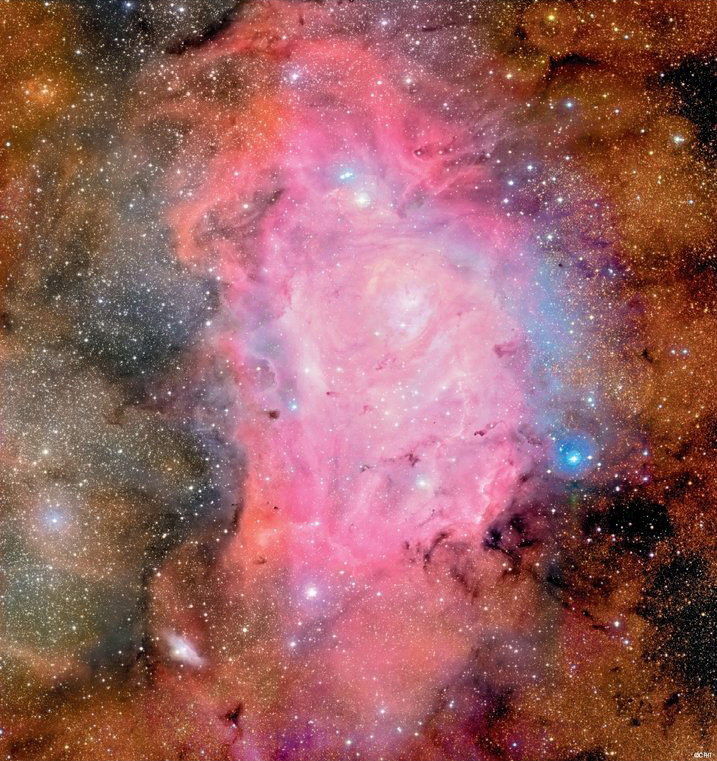
Thursday, Feb. 28, 2013: The Lagoon Nebula, also called Messier 8, lies deeply embedded in the disk of our galaxy. Stars form within this giant region, and they gravitationally cluster in the heart of the nebula. Ultraviolet radiations from newborn stars ionize hydrogen gas, creating the pink emission.
— Tom Chao
Join our Space Forums to keep talking space on the latest missions, night sky and more! And if you have a news tip, correction or comment, let us know at: community@space.com.

Space.com is the premier source of space exploration, innovation and astronomy news, chronicling (and celebrating) humanity's ongoing expansion across the final frontier. Originally founded in 1999, Space.com is, and always has been, the passion of writers and editors who are space fans and also trained journalists. Our current news team consists of Editor-in-Chief Tariq Malik; Editor Hanneke Weitering, Senior Space Writer Mike Wall; Senior Writer Meghan Bartels; Senior Writer Chelsea Gohd, Senior Writer Tereza Pultarova and Staff Writer Alexander Cox, focusing on e-commerce. Senior Producer Steve Spaleta oversees our space videos, with Diana Whitcroft as our Social Media Editor.









